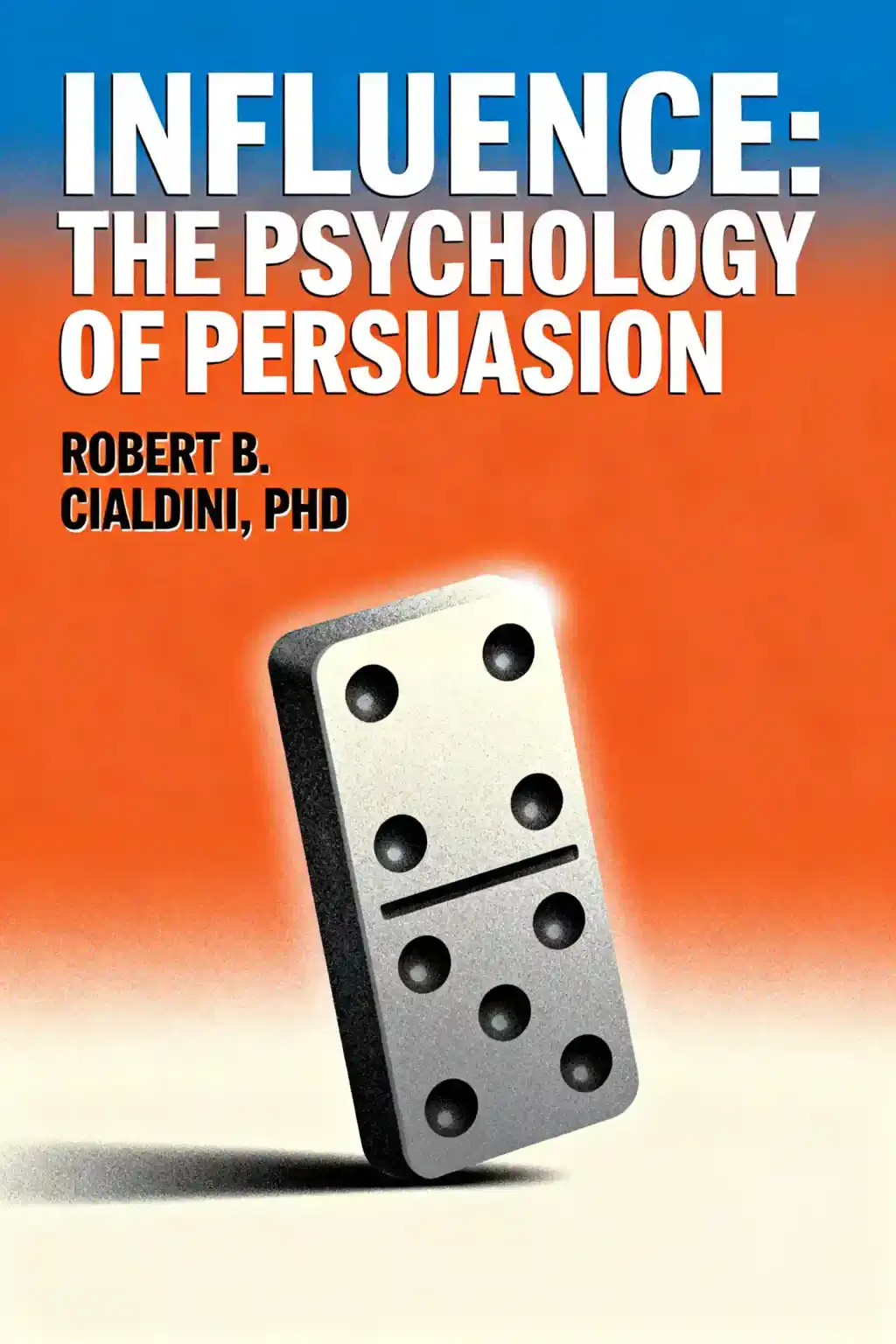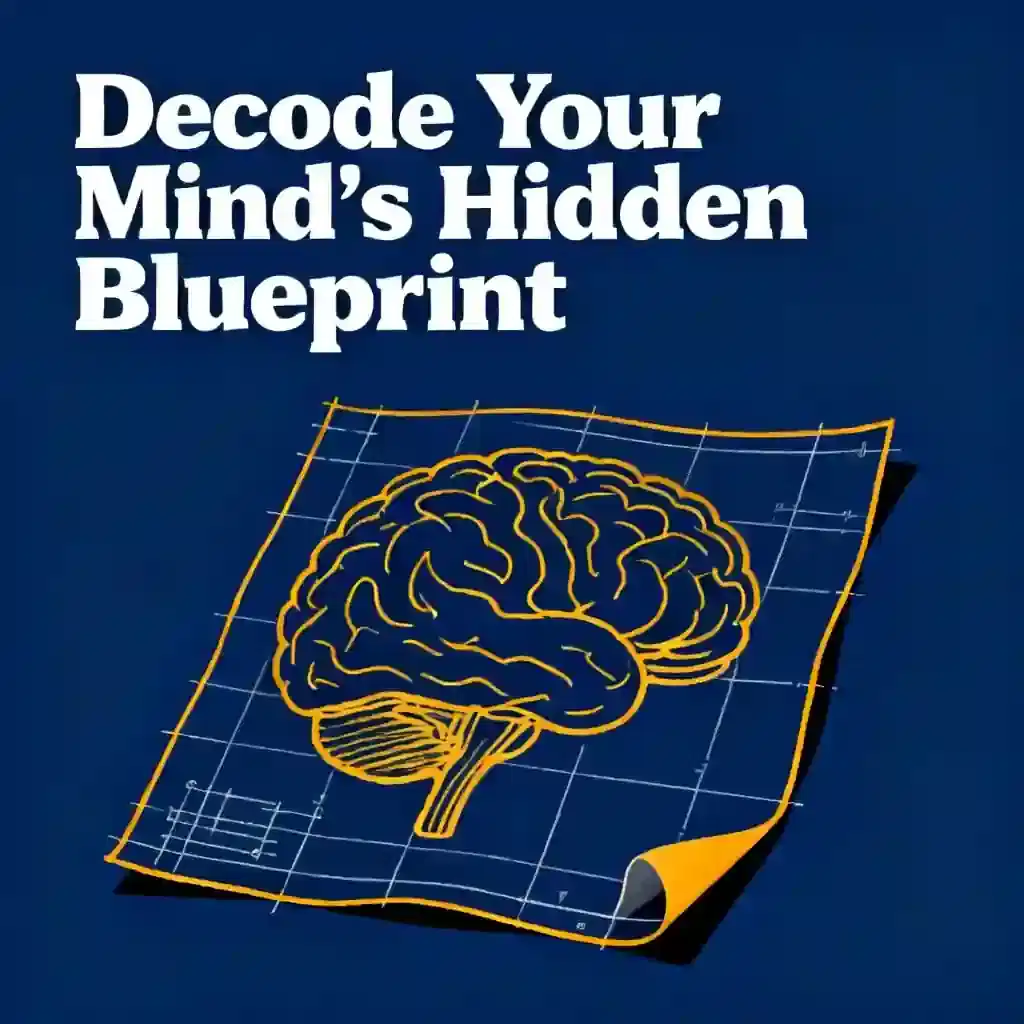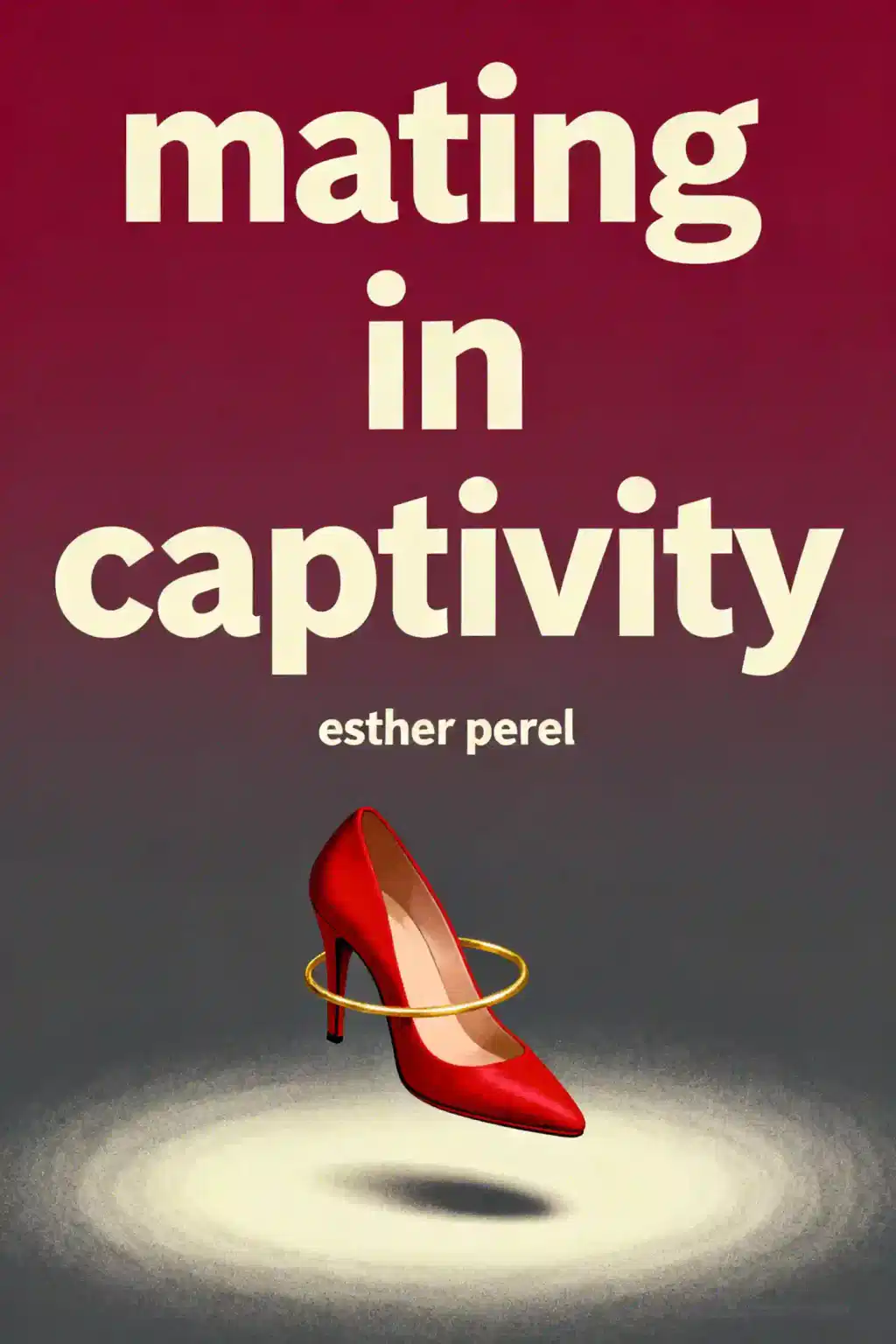What is Secret Societies and Psychological Warfare by Michael A. Hoffman II about?
Secret Societies and Psychological Warfare explores how secret societies, particularly Freemasonry, allegedly manipulate society through occult rituals, symbolism, and psychological operations. Michael A. Hoffman II argues that high-profile crimes, assassinations, and terror events are orchestrated psychodramas designed to control collective consciousness. The book examines historical events from Jack the Ripper to the Oklahoma City bombing, claiming they contain hidden occult meanings intended to traumatize and program the masses.
Who is Michael A. Hoffman II, the author of Secret Societies and Psychological Warfare?
Michael A. Hoffman II is an independent scholar and author born in 1957, known for his controversial work on conspiracy theories and occult history. He claims to have worked as a reporter for the Associated Press and studied political science at SUNY Oswego. Hoffman has been described as a conspiracy theorist and has written multiple books exploring what he terms the "cryptocracy"—secret societies allegedly orchestrating world events. He currently resides in northern Idaho and runs Independent History & Research.
Who should read Secret Societies and Psychological Warfare by Michael A. Hoffman II?
Secret Societies and Psychological Warfare appeals to readers interested in conspiracy theories, alternative history, and occult symbolism. The book is suitable for those who question mainstream narratives and want to explore fringe perspectives on major historical events. It attracts individuals interested in psychological warfare, media manipulation, secret societies, and symbolic analysis of political crimes. However, readers should approach the material critically, as Hoffman's theories are highly controversial and not supported by mainstream scholarship.
Is Secret Societies and Psychological Warfare worth reading?
Secret Societies and Psychological Warfare offers a thought-provoking, albeit controversial, perspective on hidden power structures and psychological manipulation. The book encourages critical thinking about media, symbolism, and official narratives of major events. However, readers should note that Michael A. Hoffman II is described as a conspiracy theorist, and his claims lack mainstream academic support. The book's value lies in challenging conventional thinking rather than providing verified historical analysis, making it worth reading for those interested in alternative viewpoints but requiring discernment.
What is the "Revelation of the Method" in Secret Societies and Psychological Warfare?
The "Revelation of the Method" is Michael A. Hoffman II's central concept describing how secret societies deliberately expose their crimes and rituals publicly as psychological warfare. Rather than fearing discovery, the "cryptocracy" reveals its methods to mock victims and assert dominance over the masses. This revelation succeeds through public apathy—the populace's passive acceptance strengthens control rather than weakening it. Hoffman argues this exposure without resistance deepens demoralization and normalizes occult power in society.
How does Michael A. Hoffman II explain ritual murder and symbolic violence in his book?
Michael A. Hoffman II argues that ritual murders are orchestrated psychodramas designed to imprint terror and symbolic meaning on the collective mind. He claims mass media amplifies private cult rituals into public spectacles, conditioning society to accept occult symbolism and fear. Hoffman traces this practice from ancient fertility rites to modern events, citing Jack the Ripper, Son of Sam, and the Oklahoma City bombing as examples. These events allegedly serve both as initiations for secret society members and psychological programming for the broader population.
What does "twilight language" mean in Secret Societies and Psychological Warfare?
"Twilight language" refers to the coded symbolism and occult communication that Michael A. Hoffman II claims secret societies embed in media, politics, and public events. This hidden language operates beneath surface narratives, conveying meanings recognizable only to initiates while subconsciously affecting the masses. Hoffman's research focuses on decoding these symbols to reveal alleged connections between historical events and occult agendas. Understanding twilight language is presented as essential for recognizing psychological manipulation and resisting mind control.
What are the most important quotes from Secret Societies and Psychological Warfare?
- "Flattery is the first principle of mind control" highlights how manipulation begins by appealing to egos, making people susceptible to deception.
- "The Revelation of the Method is not a defeat for the cryptocracy, but a triumph" suggests openly revealing secrets serves to demoralize rather than expose perpetrators.
- "The media is the message and the massage" emphasizes that media shapes perceptions beyond delivering information.
- "The Golem is the symbol of the ultimate goal of secret societies: the creation of an artificial, controlled man" encapsulates the book's thesis about transforming humanity into programmable entities.
What is the "cryptocracy" according to Michael A. Hoffman II?
The "cryptocracy" is Hoffman's term for a hidden elite of secret societies—particularly Freemasonry and its successors—that allegedly manipulates world events through occult knowledge and psychological warfare. This shadowy power structure operates behind governments and institutions, using ritual, symbolism, and media control to shape public perception and behavior. Hoffman traces the cryptocracy's roots to ancient Egypt and claims it pursues an alchemical transformation of humanity. The cryptocracy's ultimate goal involves creating controlled, artificial humans stripped of individual agency—symbolized by the Golem.
How does Secret Societies and Psychological Warfare explain media manipulation?
Secret Societies and Psychological Warfare portrays mass media as the primary instrument for mind control and psychological warfare by the cryptocracy. Hoffman argues that media doesn't merely report events but actively programs the collective consciousness through occult symbolism and traumatic imagery. Television and technology foster a "hive mind" that erodes individuality and critical thinking. Media transforms private ritual murders into public spectacles, conditioning audiences to internalize fear and occult meanings. The book urges readers to resist passive information consumption and develop discernment in the digital age.
What are the main criticisms of Secret Societies and Psychological Warfare?
Michael A. Hoffman II has been described as a conspiracy theorist, Holocaust denier, and anti-semite, which undermines the credibility of his work. His theories lack empirical evidence and mainstream academic support, relying heavily on speculative interpretations of historical events. Critics argue the book promotes paranoid thinking by connecting unrelated events through selective pattern-finding and confirmation bias. The controversial nature of Hoffman's other writings, including Holocaust denial, raises serious concerns about his analytical framework and motivations. Readers should approach his claims with extreme skepticism and critical analysis.
What historical events does Secret Societies and Psychological Warfare analyze?
Secret Societies and Psychological Warfare examines events spanning centuries, from Jack the Ripper murders to the Apollo moon landing. Hoffman analyzes the JFK assassination at Dealey Plaza, claiming it contains occult symbolism and ritual significance. The book discusses the first atomic bomb blast, the Oklahoma City bombing, and the Son of Sam killings as orchestrated psychodramas. He connects James Bond films (007) to 9/11 (2001), suggesting predictive programming and hidden meanings. These events are interpreted as components of an ongoing alchemical process designed to transform society and consciousness.





























